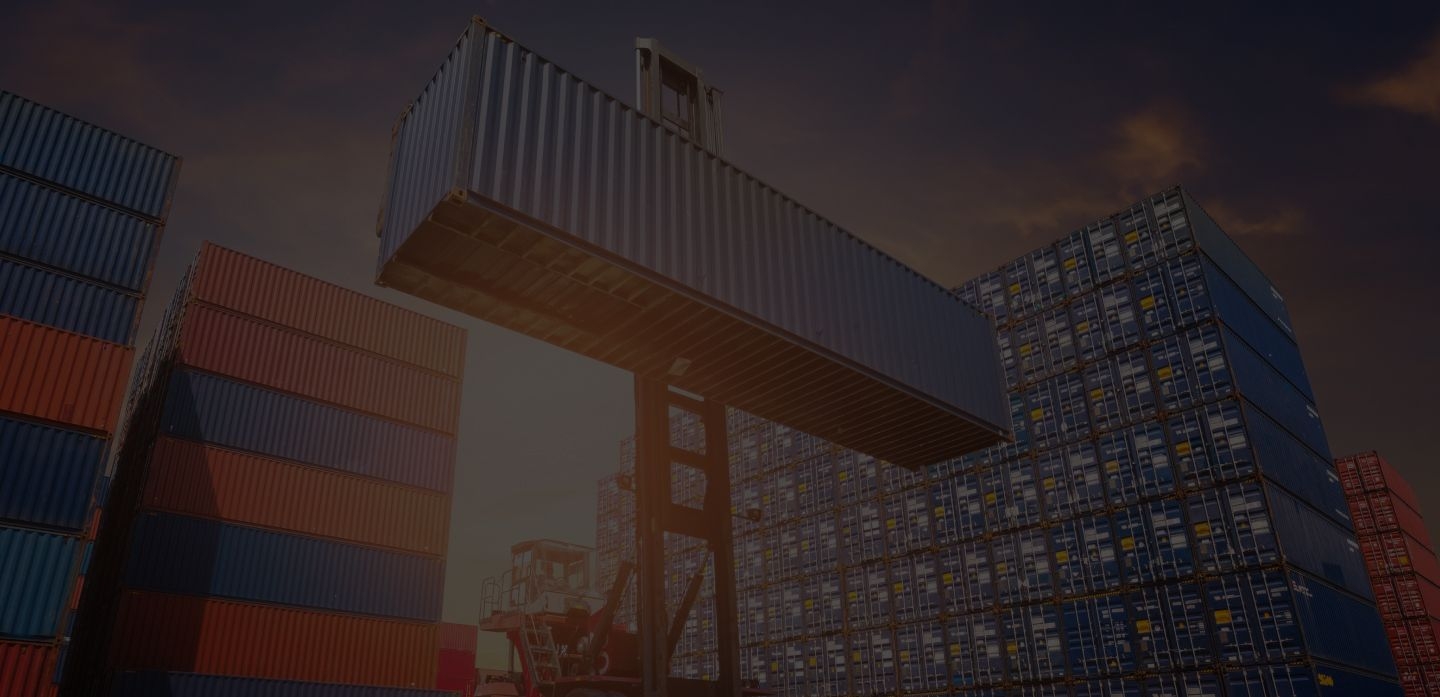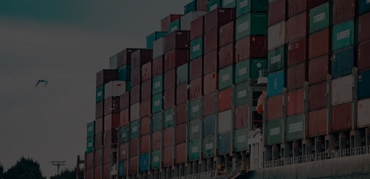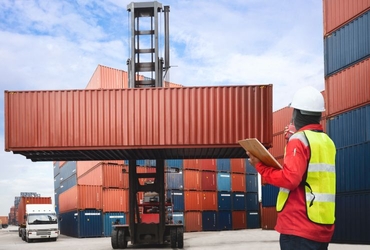
3 factors to look out for in the 2018 shipping peak season



Like all other industries, ocean freight too has its shipping season. During this time, container shipping rates increase and for a few months, it gets substantially harder to secure cargo space on shipping vessels.
The shipping peak season runs from around July/August to October every year. During this time, shippers and importers are likely to either have had their cargo prepared and booking secured in advance, or prepare to pay a copious amount of money to make sure their merchandise is shipped. This is an annual occurrence for which seasoned shippers should have experience with. But this season may be more difficult due to the more severe capacity problems and high rates, especially for transpacific shippers.
As we enter the shipping high season, here are three important factors all shippers and importers should pay extra attention to this year.
1. Trade war, tariffs, and services cut to lead to higher rates
The scramble for cargo space is a common practice during the shipping peak season. But with shipping carriers pulling some of their services on the Transpacific route in lieu of the US-China trade war and retaliatory tariffs, expect to see tighter capacity this season.
The forecasts appear to suggest a stronger performing peak season this year compared to last year. This hopefully signals a strong import season with healthy market levels and vessels utilized to capacity. Also keep in mind that should demand keep up, so will shipping rates. If record levels are hit, there may even be extra vessels thrown into the rotation.
Amid the reduced capacity and expected record volumes, even shippers with annual contracts may find it difficult to secure space as there’s no guarantee when capacity is scarce. Some may end up not being able to send off 100% of their committed cargo.
2. Extra charges like GRI and peak season to stick around
Shippers should expect peak season surcharges to come through quick and fast and stick throughout the next few months. GRIs have begun to kick in as we go deep into the peak season.
Already, some of the largest carriers have angered shippers by announcing EBS charges a couple of months ago. That’s on top of the BAF (Bunker Adjustment Factor) that’s in place to regulate the volatile changes in bunker prices.
Whether these increases are justified as GRI or peak season surcharges will depend on how long the carriers believe this high demand will go on for. Some may find a peak season surcharge much easier to explain and justify to shippers and set a deadline for the increase. This means there may be a relutance to have to lower their rates at the end of the high season. But with a GRI, the increase is expected to continue, which is a lot more ideal for the carriers.
3. US trucking shortage problem persisting
The trucking shortage situation in the US will prove to be even more challenging than it already is. Even though the problem has let up in certain zones, it is still causing some pretty severe congestions and problems. The entry into the shipping peak season now threatens to worsen the problem. Some truckers have gotten used to the rules and are getting better at working within the new regulations but there remains many variables that can cause problems.
For importers, overcoming this will prove to be a massive challenge this season. Expect many US-inbound loads to go into demurrage as it will be near impossible to secure the trucking needed quickly enough after clearance. If this starts to happen on a major scale in any port, expect congestion problems to worsen.
Less clout for one-time shippers
Shippers with less-frequent loads will likely feel the effects mentioned above more than anyone else this season. With limited clout and options, they will find it more difficult than ever to secure space. Going to the carriers directly will be a lost cause as carriers will have little to no interest in dealing with new clients at this time. Nor will they want to work with someone based on potential. They are looking for instant gratification and this means either a large volume commitment or higher rates, so expect prices to be well above the going rate.
As a seasoned shipper (especially one in a given trade), their forwarders or BCOs may have pre-secured space allocation which gives them an advantage over the one-time shippers.
However, there’s only so much influence a freight forwarder can have over cargo space as the decision to allocate space ultimately lies with the carriers. All forwarders can do is to try to guide their clients and schedule things in advance for regular clients. But even this is really only possible and worthwhile for shippers on a pretty straightforward schedule as forwarders can only allot so much of their capacity to pre-scheduling.
![]()
Surviving the 2018 peak shipping season
That said, it’s now more important than ever for shippers to get things right to avoid disruptions to their supply chains. Here are some advice for shippers to help them survive and get through this 2018 peak shipping season with as little disruption as possible:
1. Plan ahead
Avoid anything last minute as there are always risks of delays and delay fees beyond anybody’s control. Space and capacity with the carriers can and will be an ongoing issue this season. If you are behind with shipment bookings or if the production schedule at the supplier’s end is being delayed, you may face problems for when you actually manage to secure cargo space.
2. Have clear agreements with suppliers
This helps to clear up disputes and make sure retrieval or customs clearance, etc are not held up due to disagreements over payment, shipper’s or importer’s responsibilities, confusion over documents or terms, etc.
3. Have things lined up and ready for customs clearance
Expect trucking capacity to be extremely limited, especially in ports with high demand. You cannot afford to allow avoidable delays in customs clearance to jeopardise this availability. It may be a better alternative for some importers to opt for an alternative port be it for certain cargo or just for this high season. They may have to fork out a little more for their freight or for trucking but there’s at least a higher guarantee of trucking availability.
- 1. Trade war, tariffs, and services cut to lead to higher rates
- 2. Extra charges like GRI and peak season to stick around
- 3. US trucking shortage problem persisting
- 4. Less clout for one-time shippers
- 5. Surviving the 2018 peak shipping season1. Plan ahead2. Have clear agreements with suppliers3. Have things lined up and ready for customs clearance
Related Articles

